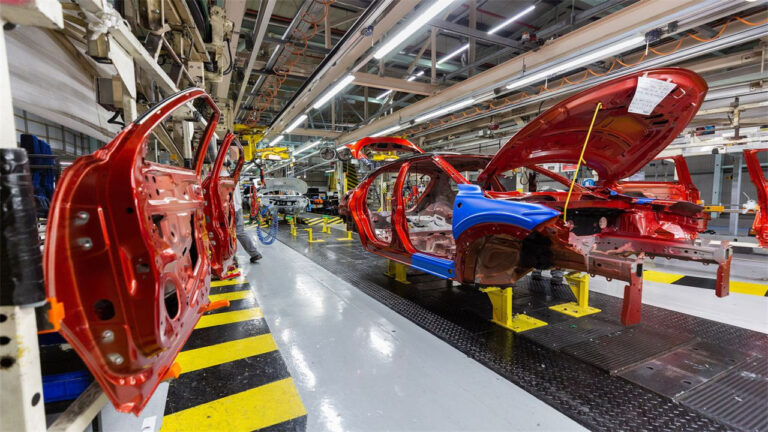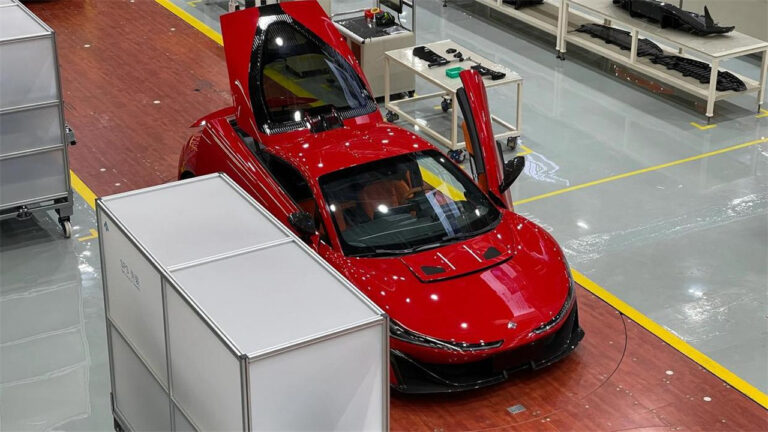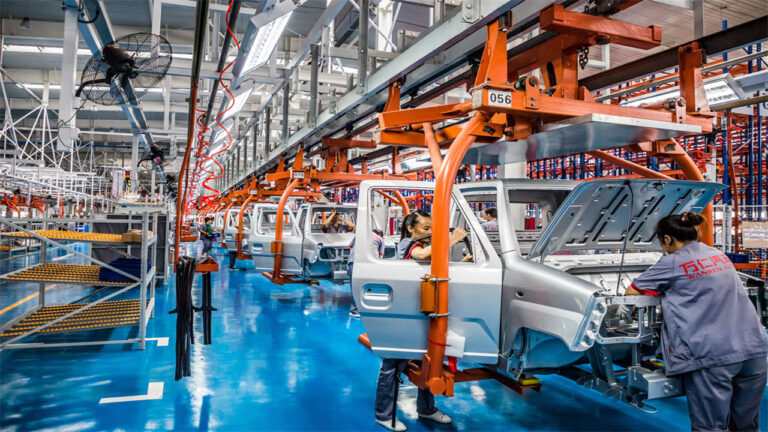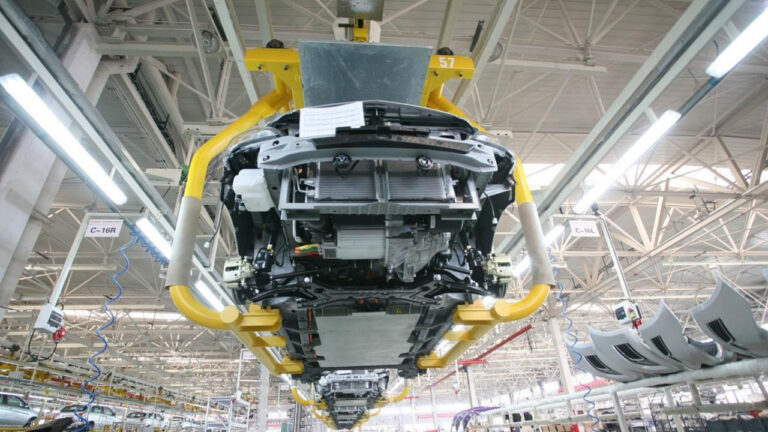Automobile Production Line——Automobile CKD Production Line
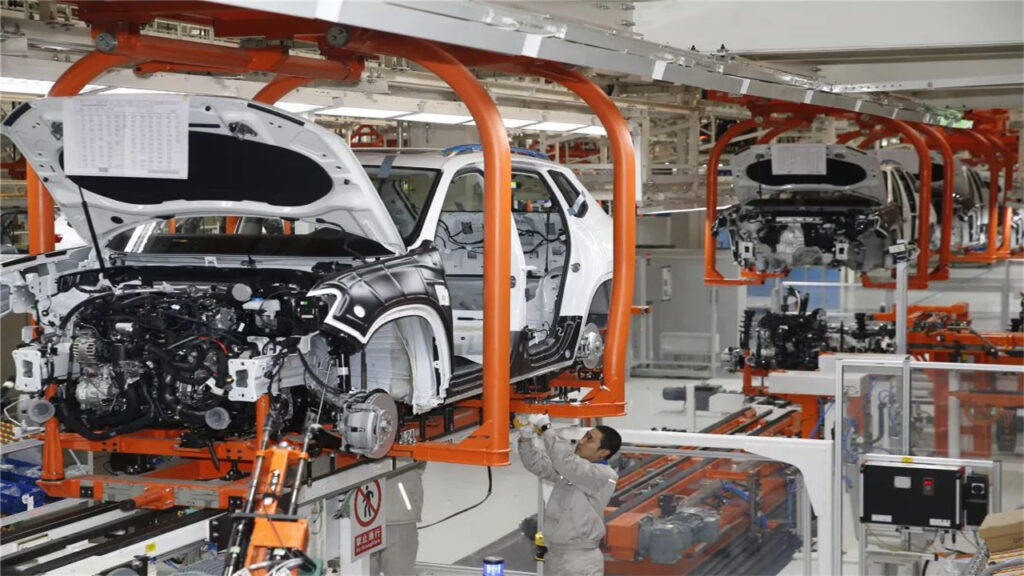
Automobile Production Lines/Assembly Lines are Suitable to Assemble/Produce 4 wheelers, Cars, Sedans, SUVs, Automobiles, EVs and so on.(Sometimes, suitable for Pickups production.)

An automotive CKD (Completely Knocked Down) production line is a special assembly line where car parts are exported in a completely disassembled form to the destination country and then assembled locally. Here is a detailed explanation of the automotive CKD production line:
Components
- Parts Supply: Part suppliers export various car components and accessories in a disassembled form. These parts include the car body shell, engine, chassis, interior parts, exterior parts, electronic devices, etc. The parts are usually packed in standardized packaging for easy loading and unloading.
- Assembly Workshop: The assembly workshop is the core area of the CKD production line, responsible for assembling the parts into complete cars. The workshop has multiple workstations, each corresponding to a different assembly process, such as the body assembly workstation, engine assembly workstation, chassis assembly workstation, and interior assembly workstation. Each workstation is equipped with specialized assembly tools and equipment to ensure smooth assembly processes.
- Logistics System: The logistics system is responsible for the receipt, storage, distribution, and transportation of parts. After arriving at the destination country, the parts are first transported to the warehouse for storage and classification. Then, according to the production plan and assembly progress, the parts are distributed to various workstations. An efficient logistics system can ensure the timely supply of parts and reduce the risk of production interruptions.
- Quality Control System: The quality control system runs through all aspects of the entire CKD production line, including the inspection of parts, monitoring of the assembly process, and testing of finished vehicles. After the parts arrive, they must be inspected strictly to ensure their quality meets the standards. During the assembly process, quality inspectors at each workstation monitor the assembly quality in real-time. After the finished vehicles come off the line, they must also undergo a series of quality tests, such as road testing, rain testing, and four-wheel alignment, to ensure the vehicles’ quality and performance meet the requirements.
Workflow
- Parts Reception and Storage: After arriving at the destination country, the parts are first transported to the warehouse for storage and classification. The warehouse must have good storage conditions, such as moisture-proof, dust-proof, and temperature-controlled, to ensure the quality and performance of the parts are not affected.
- Parts Distribution: According to the production plan and assembly progress, the parts are distributed from the warehouse to various workstations. The distribution process must be carried out strictly according to the sequence and quantity of parts used to avoid confusion and errors in the assembly process.
- Assembly Process: The assembly process is the core link of the CKD production line and usually includes the following steps:
- Body Assembly: Assemble the car body shell with the frame, doors, windows, and other parts to form the main structure of the car body.
- Engine Assembly: Assemble the engine with the transmission system, fuel system, exhaust system, and other parts, and install it into the car body.
- Chassis Assembly: Assemble the chassis with the suspension system, braking system, steering system, and other parts, and connect it with the car body.
- Interior Assembly: Install interior parts such as seats, dashboard, carpets, and interior panels into the car body.
- Exterior Assembly: Install exterior parts such as headlights, bumpers, logos, and wheels on the exterior of the car body.
- Electrical System Assembly: Connect electrical equipment such as batteries, generators, ignition systems, and lighting systems with the car body and engine.
- Quality Inspection: After assembly is completed, a series of quality inspections are conducted on the finished vehicles, such as road testing, rain testing, and four-wheel alignment, to ensure the vehicles’ quality and performance meet the requirements.
- Finished Vehicle Off-line: Qualified finished vehicles are transported to the finished vehicle parking area, waiting for shipment or sale.

